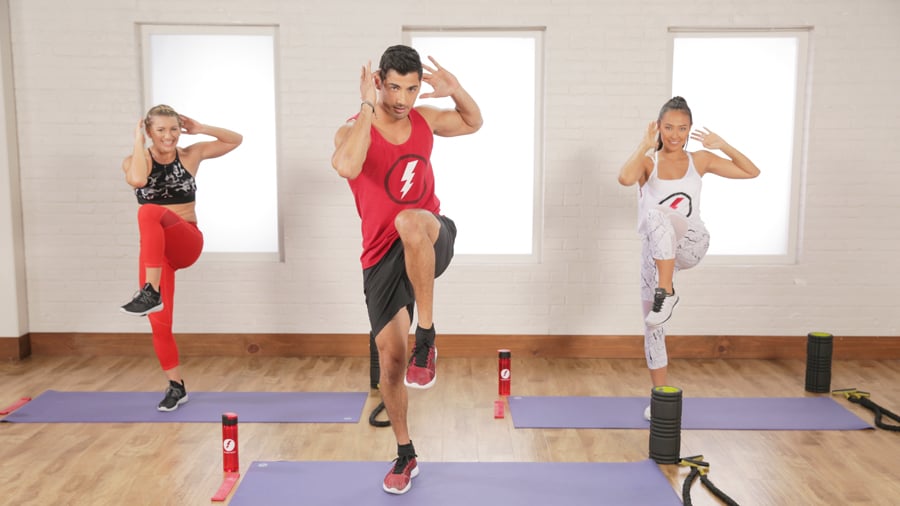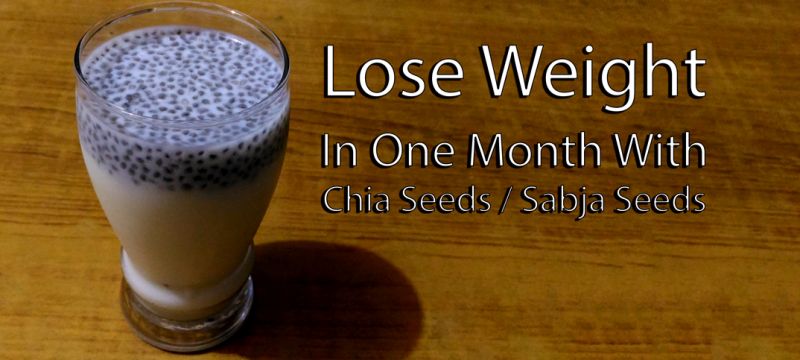
Walking for weight loss is an effective way to lose weight and exercise without the need for machines. A walk can help you burn calories and get in shape by getting your heart rate up and reducing your stress levels. Walking can also be beneficial for people with chronic pain and joint problems. Follow a walking program that is based on your fitness level. If you don't have a plan yet, try MyFitnessPal's walking program. The first day of your plan, aim to walk 2,000 steps. On the third day, walk 10,000 steps. That is approximately four- to five miles each day. If this is too difficult, you can break up your daily walking goal into four sessions.
It is good to burn calories in both the uphill and the downhill sections
Both uphill and downstream segments of walking are good for calorie burning. Walking uphill can increase your heart rate while walking downhill will lower it. Because you use more muscle fibers uphill, it is beneficial. Higher resistance makes it more likely that your muscles will recruit you. Walking uphill can help you strengthen your legs. Larger muscles will burn more fat, and they will look better. It is important to warm up before you attempt climbing hills. The exertion will be greater.

You can burn more calories if you are lighter than your bodyweight
Walking and running have many benefits. A 30-minute walk per day can burn as much as 3,000 calories. These exercises improve your metabolism and reduce health risks. Walking is the simplest exercise to begin, so it's easy to see how it can burn more calories than running. It doesn't take much gear to get started. Comfortable walking shoes and a healthy diet are all that's required.
Stretching after a long walk can reduce chafing and discomfort in problem areas
Warm-up and cool down are two ways to stretch after a walk. Warm-up stretching is a great way to improve your walking speed and decrease muscle soreness. Don Lein from the University of Alabama Spain Rehabilitation Center (Birmingham) offers some tips for warming up. Warm up your muscles by moving in place, or gently swinging your arms. You can hold this position for 10 to 20 seconds. While performing the stretch, you might also need to balance on a stable object.
Good form cues are a great way to enhance your walk
There are many ways to improve your walking posture, and even burn calories. Proper posture is important to keep your shoulders and back straight. You should also land on your heels, roll forward and push your toes to the side. A purposeful arm motion can make walking more powerful than you might think. It can also help to burn more calories by burning up to 10% more calories. People who add arm motions to their walking can speed up.

SMART goals examples for weight loss
List as many health areas as possible to help you set SMART goals. Start with one or two of these areas. Don't try to make too much change at once. Keep your goals focused. After achieving one or two of these goals, pick another area to improve. So you can work on your goal even after you have reached your first one. Here are some examples of SMART goals to help you walk for weight loss.
FAQ
Is there a difference between intermittent fasting, calorie restriction, and intermittent fasting?
Calorie restriction is a way to eat less than your body needs. Intermittent fasting differs from other types of intermittent fasting in that it does not restrict calories. It focuses on eating fewer calories during the day.
Intermittent Fasting is more efficient because you can enjoy the foods you love without feeling guilty.
However, both methods have their pros and cons. Therefore, you need to decide whether you prefer one method over another.
Why exercise is so important to your weight loss goals
The human body is an amazing machine. It was designed to move. It's designed to move.
Exercise can also help you lose weight and tone your muscles. This can make you feel more positive both physically and mentally. It is common to hear people say that exercise is essential for weight loss. But what exactly is it?
-
The exercise increases metabolism. Being active can increase your body's ability to use energy. Every time you move, your heart beats faster, blood flows to your muscles, and your lungs absorb oxygen. These activities all require energy. Your metabolic rate increases, which means you'll burn more calories while exercising. You can calculate how many calories your body burns by doing physical activity.
-
Exercise reduces appetite. Exercise can help you lose weight.
-
Strength is built through exercise. Muscle tissue needs more energy to function than fat tissue. You will be able to lose weight if you have more muscle mass.
-
Exercise releases endorphins. Endorphins are hormones which make you happy. They are released into your bloodstream when you exercise. Endorphins have been shown to prevent pain signals from reaching your brain. This provides a feeling if well-being.
-
Exercise increases self-esteem. Regular exercise is associated with higher self-esteem. This leads to healthier lives.
Small changes are the best way to lose weight. You can add one of these tips into your daily life today.
How to create an exercise program?
First, create a routine. You need to know what you will do each day and how long you will spend doing it. This helps you plan ahead, and it will also help you avoid procrastination.
A second important thing to do is ensure you have lots of variety when it comes to your exercise routine. It is important not to get bored while exercising. This will cause you to lose interest and make it difficult for you to stick with it.
You also need to keep track of your progress. It is important to keep track of how much weight you have lost and gained over time.
You can lose weight quickly if you do not gain weight. On the other hand, if you gain too much weight, it becomes harder to stay motivated.
Try to strike a balance in your weight loss and weight gain. If you're not happy with where you are, then you'll be less likely to continue exercising.
How does intermittent fasting impact my sleep?
Intermittent fasting is a good thing for your sleep. Your hunger hormones rise when you skip meals. This can lead to you waking up early in the morning.
Experts advise skipping breakfast. Experts recommend having a light snack before going to bed.
You can still eat a small meal if you feel hungry after the snack.
Be careful not to overeat. Otherwise, you'll end up gaining weight instead of losing it.
How long should I do Intermittent fasting to lose weight?
The answer may not be as straightforward as you think. A number of factors need to be considered when determining how many days of fasting are needed for optimal fat loss. These are:
-
Your age. For example, if you're young (under 40), intermittent fasting may be too difficult for you because you have less time to recover from each day's fast. If you are older than 60, you might find it difficult to maintain a prolonged period of daily fasting.
-
Your current body composition. You'll be most successful if you have lots of muscle mass. You may find shorter fasting more beneficial if your muscle mass is low.
-
How active you are. Regular exercise may mean that your fasting window needs to be extended to allow you to get sufficient rest between sessions.
-
Your past health history. People with heart disease, diabetes, and cancer may require extra fasting monitoring.
-
How can you manage stress? Stressful situations can make us eat more. You might need to lengthen your fasting windows in order not to have this problem.
-
Your diet. Certain diets, like ketogenic diets, may require even longer fasting periods.
-
Your quality of sleep. Also, a lack of sleep has been linked with increased appetites and decreased metabolism. Therefore, it may take some experimentation before determining what works best for you.
-
The amount you eat of protein. Protein helps stabilize blood sugar levels, which means that eating more protein could potentially lead to lower insulin levels. This would allow one to fast for longer periods.
-
People who want to gain weight or lose it will need to fast for longer periods of time than those trying to lose.
-
How many calories did you consume during your fasting period? Fasting for fewer calories per days may lead to greater fat loss than fasting with more calories.
-
Your overall fitness level. People who are fit and fast burn more calories per day.
-
Your gender. Women tend to have a greater appetite than men, so they might need to fast for longer periods. Women are more likely to have smaller appetites and may need to fast only 20-30 minutes every day.
-
Your lifestyle. Are you someone who gets plenty of physical activity? Do you work out several times a week? Do you have a job that requires you to sit at a desk all the time? These things could impact the speed at which you should go.
-
How much money do your spend on food every day? Not all healthy food means you need to spend a lot more on groceries. Whole grains are better than white bread and whole fruits are better than candy bars. Lean meats can also be saved.
-
It's important to manage your hunger. If you don't want to skip meals, you might not need to fast as long as other people do.
Statistics
- According to a study sponsored by the American Council on Exercise, a person weighing around 140 pounds (64 kg) would burn 108 calories at a 30-minute beginner's Pilates class or 168 calories at an advanced class of the same duration (26). (healthline.com)
- One study in 9 active men found that HIIT burned 25–30% more calories per minute than other types of exercises, including weight training, cycling, and running on a treadmill (18Trusted Source (healthline.com)
- One 6-month study showed that simply doing 11 minutes of strength-based exercises 3 times per week resulted in a 7.4% increase in metabolic rate, on average. (healthline.com)
- Among women, the increase in metabolic rate was nearly 4%, or 50 more calories per day (14Trusted Source (healthline.com)
External Links
How To
How to Intermittent Fasting
Intermittent fasting, a type of dieting that allows you to only eat one time per week, generally Monday through Friday. This diet aims to lower your overall calorie intake, while still ensuring you get enough nutrition. It is believed that this will help you burn fat quicker than if the meals are regular for the whole week.
The most common form is to limit calories for certain days. This means you could skip breakfast every morning and still eat what you want the rest of the week. You could choose to eat three small meals per day rather than two big ones.
You can choose from many different types of intermittent fasting such as alternate day fasting (alternative day fasting), 5/2 fasts (8/4 fasts), 16/8 fasts, and so on. Each form of intermittent fasting comes with its own pros and cons. Alternate day fasting, which doesn't require you to change your lifestyle, is the best way to get started. Some people may find it difficult to adhere to such a strict schedule, so they might try other methods.
Alternate-day fasting is a good option if you are looking to begin an intermittent fasting program. This will allow you gradually to transition into more extreme fasting habits without changing your lifestyle.